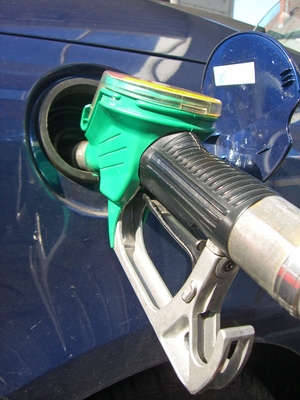
Although it's billed as a crossover, the Mazda CX-7 isn't exactly a small car, and though some may say otherwise, it is no longer uncommon for crossovers to require premium octane fuel. If you're thinking about purchasing a CX-7, understand that the two engines offered are at opposite ends of the performance and efficiency spectrum. An 83 horsepower and 97 lbs-ft. of torque difference exists between them, which means the difference between owning a stark family hauler and a sporty, agile SUV.
The base CX-7 models, called the "i-SV" or "i-Sport" come in front wheel drive only and use a 2.5 L, 4-cylinder engine generating 161 horsepower and 161 lbs. per foot of torque. They need 87 octane fuel and manage to get 28 miles per gallon in highway driving. The Car Connection says that although this does not look like a lot of power on paper, the 2.5 L engine will probably satisfy the needs of most drivers.
The two upscale trim levels of the CX-7, called the "s-Touring" and the "s-Grand Touring" come with a 2.3 L, 4-cylinder engine with direct fuel injection and a turbocharger. This engine puts out 244 horsepower and 258 lbs. per foot. of torque. It needs 91 octane fuel to achieve its best acceleration and fuel economy, but you may use a lower octane fuel if necessary.
Filling your gas tank with fuel of a higher octane rating than the manufacturer's recommendation is a waste. Your car will not perform any better with fuel that is above the manufacturer's recommended octane rating. It will not become more efficient or produce less emissions either.